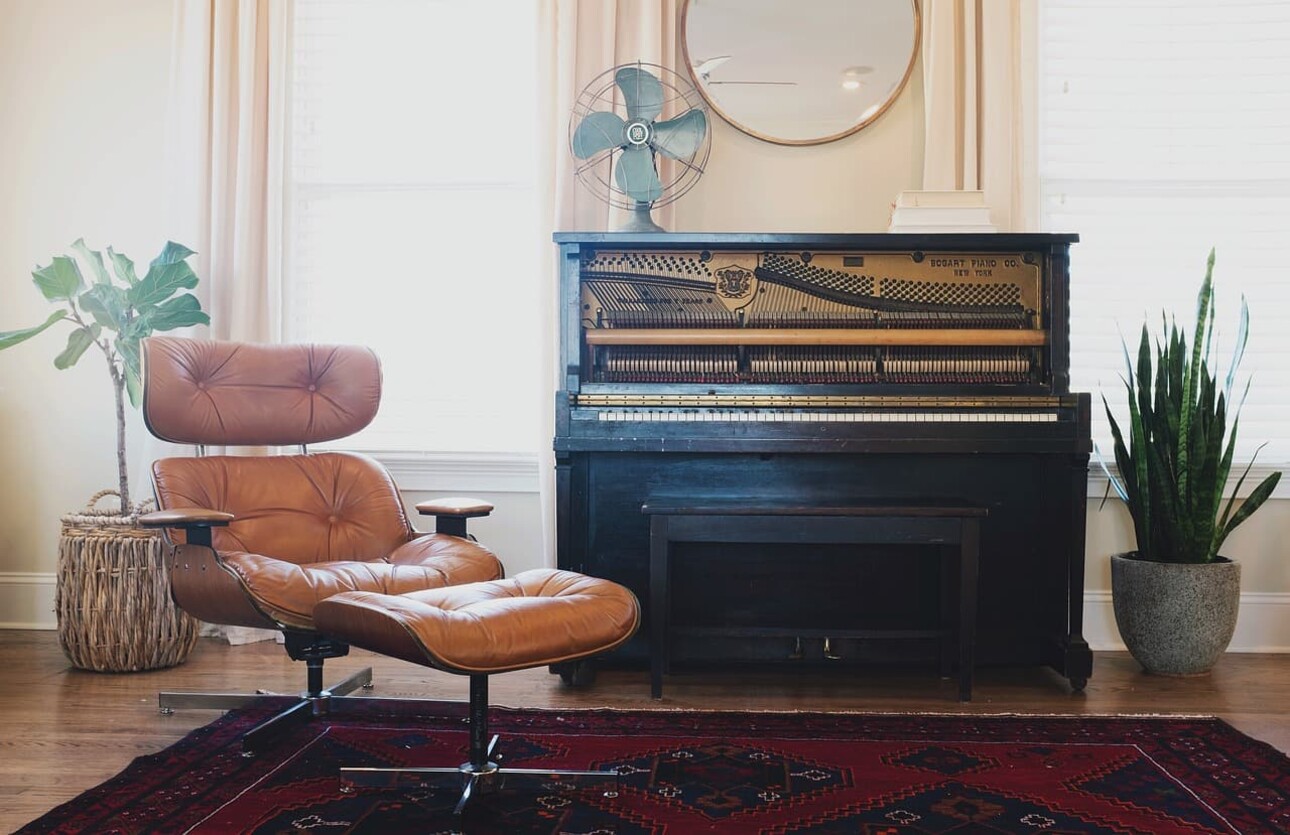
Moving a grand piano, a safe, a Norman wardrobe or a billiard table can quickly turn into a headache. Between logistics, security and technical constraints, transporting bulky items requires more than just a helping hand. Here's a practical guide to doing it properly - and without breaking your back.
Moving bulky items is a bit like playing Tetris with 300-kilo blocks. To avoid unpleasant surprises, it's essential to use the right handling equipment.
Removal straps, transport trolleys, hand lifts, protective blankets and protective equipment to avoid the risk of injury: everything must be provided for. Without these tools, even the smallest staircase becomes a Koh-Lanta test.
Moving a piano, for example, requires special lifting techniques, sometimes involving a specialist lifting company and the use of a hand truck or mobile crane.
Yes, without hesitation. Contacting professional removers gives you peace of mind. They know how to take precise measurements, have a clear access plan and apply safe handling techniques.
Some companies even specialise in moving bulky items. They offer tailor-made services for the most complex objects. And they will sometimes take care of recycling them if you want to get rid of them.
This type of service can sometimes be likened to an industrial move, as the logistics are so heavy - no pun intended.

We're not talking here about a simple microwave or even a single-door fridge (which, once emptied and defrosted, isn't all that heavy). We're talking about heavy, bulky equipment such as a billiard table, a vending machine, a safe, an American fridge, a workshop press or a vintage sideboard that you don't want to cut in 3.
Some private individuals have imposing carpentry machines in their cellars or basements that are very difficult to move without outside help. These cases often require furniture to be dismantled, or even the use of a goods lift.
A good idea is to make an inventory of all bulky objects, with their characteristics and approximate weight. This will help professionals to plan their work - and choose the right equipment.
When it comes to moving a bulky object, the right tools make all the difference. Here's what you need to consider:
moving straps with safety ratchet ;
transport trolley with reinforced flap ;
thick protective covers to prevent scratches ;
Hand lifts or furniture lifts to get through windows;
personal protective equipment (gloves, reinforced shoes).
Add to that mastery of lifting techniques, good coordination - and ideally a plan B in case of unforeseen circumstances.
Choosing the right truck is an important step. It all depends on the size of the objects and access to the departure and arrival points.
When you hire a removal vehicle, you can choose from a range of volumes, from 12 m³ to 30 m³. For a piano or a piece of furniture, a lorry fitted with a tail lift is often essential.
Some vehicles are equipped with rails or anchors to secure objects during transport. This is the best way to avoid unpleasant surprises on arrival.
Yes, and sometimes it's the only solution. If the stairs are narrow or the object too imposing, you may need to hire a furniture lift.
This allows a fridge, a pool table or a solid piece of furniture to pass through a window. Of course, you'll need to check external access, alert your neighbours and - if you live in a block of flats - notify the condominium association.
This type of service is quick to set up, and the operators manage the handling. A good way to avoid turning the move into a sporting event.
Here are the main stages in moving a bulky item:
Make an inventory with the approximate weight;
take precise measurements of objects and access points ;
check the constraints of the building (stairs, lift, windows) ;
have an access map for professionals;
Choose the necessary equipment (straps, hoists, furniture lifts) ;
contact a specialist company if necessary;
Take out removal insurance for valuables;
use appropriate packaging.
Good planning avoids unpleasant surprises and allows you to anticipate costs.
If you don't want to keep certain items, you have several options.
Municipal services offer bulky goods collection by appointment. It is sometimes necessary to make an appointment several days in advance.
You can also dispose of bulky items directly at the waste collection centre. Some equipment, such as refrigerators, must be treated in accordance with specific standards.
Finally, there are also companies specialising in bulky goods removals. These companies handle not only the transport, but also the disposal of bulky items. What's more, they can sometimes take on the task of recovering it and giving it a new lease of life.
Every manipulation entails risks, for objects and walls alike.
Protecting fragile objects is essential: thick blankets, air bubbles, padded straps. You should also protect the corners of furniture and glass surfaces.
Wherever possible, install protective covers on floors, corridor walls and door frames.
Protective equipment is also essential for people: non-slip gloves, reinforced shoes, lumbar belts. One wrong move and you're guaranteed to suffer from lumbago.
The price depends on the volume, access and type of objects to be moved. Using a specialist lifting company for a piano can cost between €200 and €600, depending on the requirements.
Furniture lift hire is often invoiced by the hour. Expect to pay between 80 and 200 euros, depending on the town.
Removal insurance is highly recommended, especially for valuable items.
Here's a tip: compare several quotes and ask specific questions about the services included. Some packages include furniture dismantling, protection and insurance.
Yes, if you live in a block of flats. You must be informed of any access to communal areas, use of the lift or furniture elevator, and any inconvenience to the public highway.
Some associations require a specific time slot or the installation of protective devices. Failing to inform them can complicate the work - and even expose you to costs.
Sometimes an object doesn't fit through stairs or doors. In this case, there are two options: dismantling the furniture or going through a window with a lift.
Some items (such as upright pianos) can be partially dismantled. In this case, you need to make sure you can reassemble them without damaging the mechanisms.
If dismantling is impossible, transport by mobile crane or hand truck should be considered.